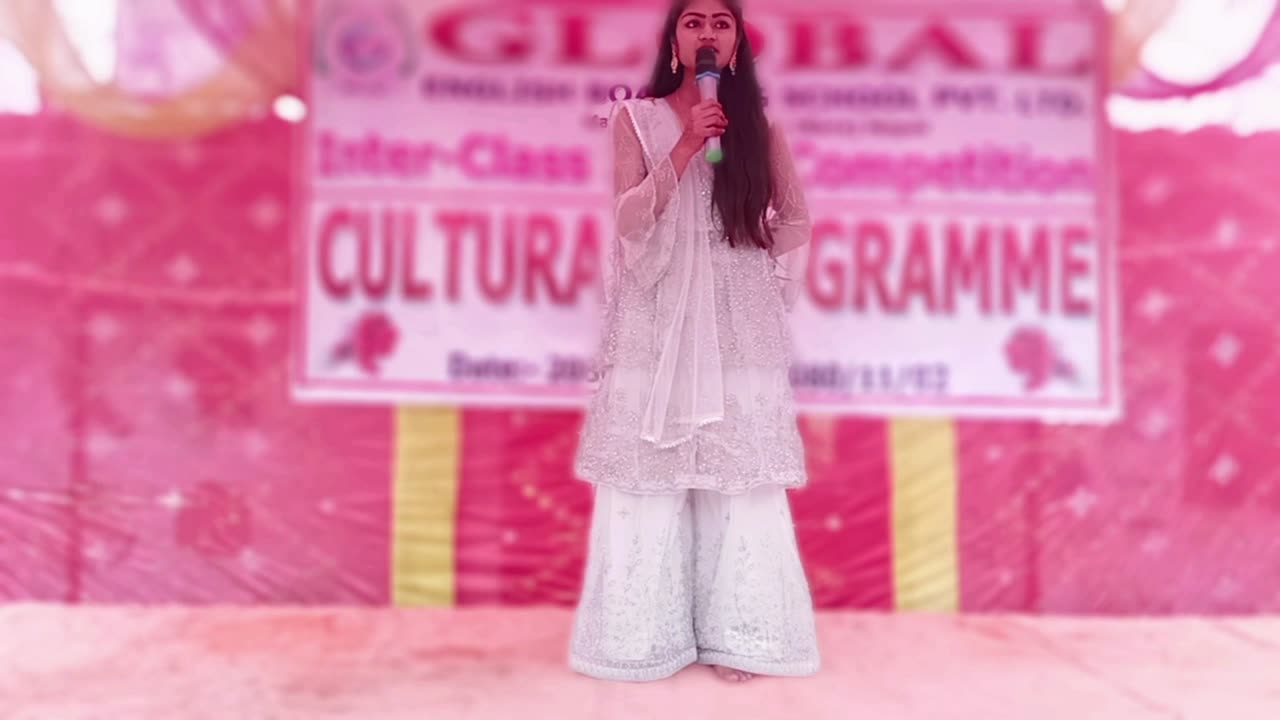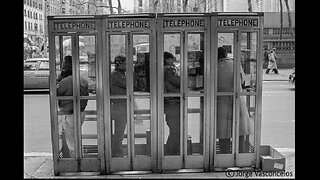Premium Only Content

saraswati puja ko awsarma auta pyaro nepali kavita nepali poem
Themes: Nepali poets draw inspiration from various aspects of life, culture, and society. Common themes include love, nature, patriotism, spirituality, social justice, and the human condition. Nepali poets often explore the beauty of the Himalayas, the serenity of rural life, and the complexities of human relationships.
Forms: Nepali poetry employs various forms and structures. Traditional Nepali poetry often includes the "Doha" (couplets), "Chaupai" (quatrains), and "Dohori" (dialogue poetry). Modern Nepali poets experiment with free verse, sonnets, haikus, and other contemporary forms.
Language and Expression: Nepali poetry is characterized by its rich language, vivid imagery, and evocative symbolism. Poets use metaphors, similes, and allegories to convey deep emotions and profound insights. The language of Nepali poetry is often lyrical and rhythmic, enhancing its aesthetic appeal.
Cultural Significance: Poetry holds significant cultural importance in Nepal. It serves as a medium for expressing cultural identity, preserving traditions, and documenting historical events. Nepali poets often reflect on the country's cultural heritage, religious beliefs, and social customs in their works.
Influence of Folk Traditions: Nepali poetry is influenced by indigenous folk traditions and oral literature. Many Nepali poets draw inspiration from folk songs, ballads, and oral narratives passed down through generations. These folk elements contribute to the richness and authenticity of Nepali poetry.
Contemporary Trends: In recent years, Nepali poetry has witnessed a resurgence with the emergence of new voices and experimental forms. Modern Nepali poets address contemporary issues such as globalization, urbanization, environmental degradation, and identity politics. They use poetry as a platform for social critique, advocacy, and self-expression
-

Nerdrotic
5 hours ago $21.06 earnedCap 4 and Emelia Perez BACKLASH! Acolyte is Still CANCELED! Hollywood STFU | Friday Night Tights 339
135K13 -
 LIVE
LIVE
The StoneZONE with Roger Stone
2 hours agoWhy Are They So Afraid of Tulsi Gabbard? | The StoneZONE w/ Roger Stone
1,434 watching -
 LIVE
LIVE
TheTapeLibrary
10 hours agoThe Horrifying True Story of Summerwind Mansion
195 watching -
 29:28
29:28
Afshin Rattansi's Going Underground
1 day agoMax Blumenthal on US’ Ukraine Aid Corruption, 'Psychotic' Israel Turning the West Bank into Gaza
15.8K1 -
 57:13
57:13
Sarah Westall
3 hours agoUnited States in a Two Front War, Identify Military Psyops and Special Operations w/ Jeffrey Prather
17.7K3 -
 LIVE
LIVE
Quite Frankly
6 hours ago"Open Phones: D.C. Crash, Senate Hearings, Petty Break-Ups" 1/31/25
1,421 watching -

2 MIKES LIVE
6 hours ago2 MIKES LIVE #173 Open Mike Friday!
29.9K1 -
 54:53
54:53
LFA TV
9 hours agoDemocrats’ Greatest Fear Is Accountability | TRUMPET DAILY 1.31.25 7pm
21.9K4 -
 23:15
23:15
Bare Knuckle Fighting Championship
1 day agoBKFC FIGHT NIGHT MOHEGAN SUN FREE FIGHTS
23.4K2 -
 5:49:46
5:49:46
Bitfinex
8 hours agoBitfinex Talks Live at PlanB El Salvador - Day 2
26.7K2